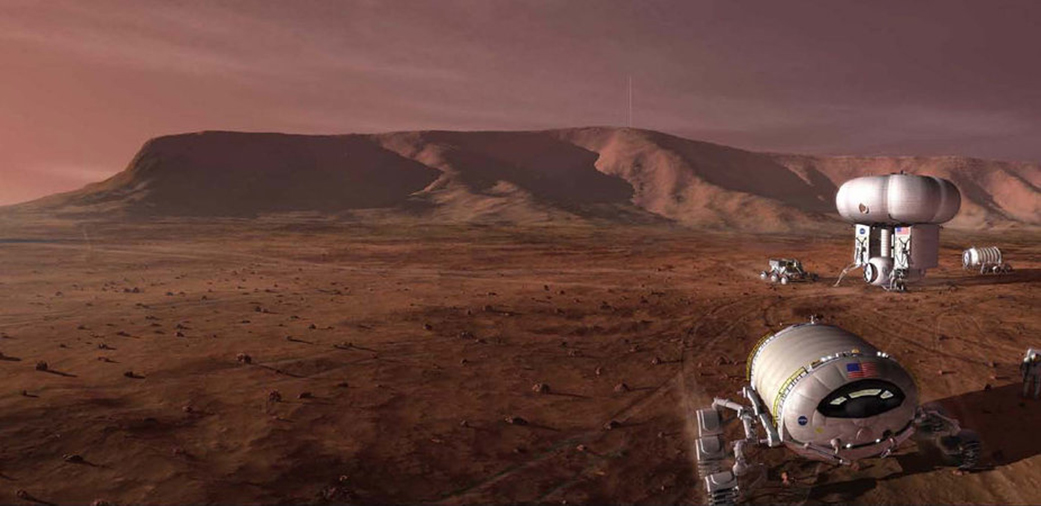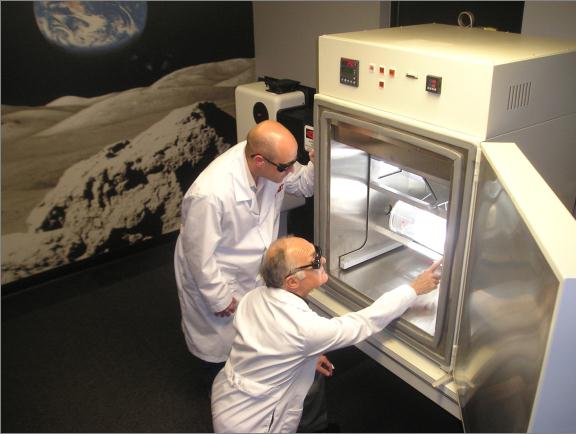Microbes Could Prep Mars for Humans

The first living being sent to Mars by humans may not be some lucky astronaut, or even a monkey, but a microorganism like cyanobacteria.
New research being funded by NASA proposes sending "ecosystem-building, pioneer organisms" to the Red Planet ahead of humans, according to a statement by the space agency. These organisms would produce oxygen via reactions with compounds in the soil of Mars and store the gas inside biodomes on the planet's surface.
"This is a possible way to support a human mission to Mars, producing oxygen without having to send heavy gas canisters," Eugene Boland, leader of the new research effort, said in the statement. "Let’s send microbes and let them do the heavy lifting for us."
Boland is chief scientist at Techshot Inc. of Greenville, Indiana. He’s been testing microbes in the firm’s "Mars room," which simulates the Red Planet’s atmospheric pressure, day to night temperature changes and solar radiation. His goal is to build an ecosystem on Mars that could tame the planet’s brutal environment and make it more hospitable to future explorers (although the idea of microbes helping humans to colonize Mars is not new).
Boland and his team hope the microbes will be carried on a future Mars rover mission. Sealed inside small containers, the microorganisms would be planted a few inches into the ground. The specially designed containers would allow the microbes to interact with the soil, but also protect them from the Martian atmosphere.
The microbes would have to be extremophiles — organisms that can survive in extreme environments — such as certain cyanobacteria.
Some microbes Boland and his team are testing may also remove nitrogen from the Martian soil. And, if water ice can be found beneath the surface, it's possible the microbes could also make water available to visiting astronauts, the statement said.
Breaking space news, the latest updates on rocket launches, skywatching events and more!
"I’m a biologist and an engineer. So I want to put those two things together to make a useful tool," Boland said.
The project is still in the test phase. It recently received funding from the NASA Innovative Advanced Concepts (NIAC) Program.
Follow Kasandra Brabaw on Twitter @KassieBrabaw. Follow us @Spacedotcom, Facebook and Google+. Original article on Space.com.

Kasandra Brabaw is a freelance science writer who covers space, health, and psychology. She's been writing for Space.com since 2014, covering NASA events, sci-fi entertainment, and space news. In addition to Space.com, Kasandra has written for Prevention, Women's Health, SELF, and other health publications. She has also worked with academics to edit books written for popular audiences.

